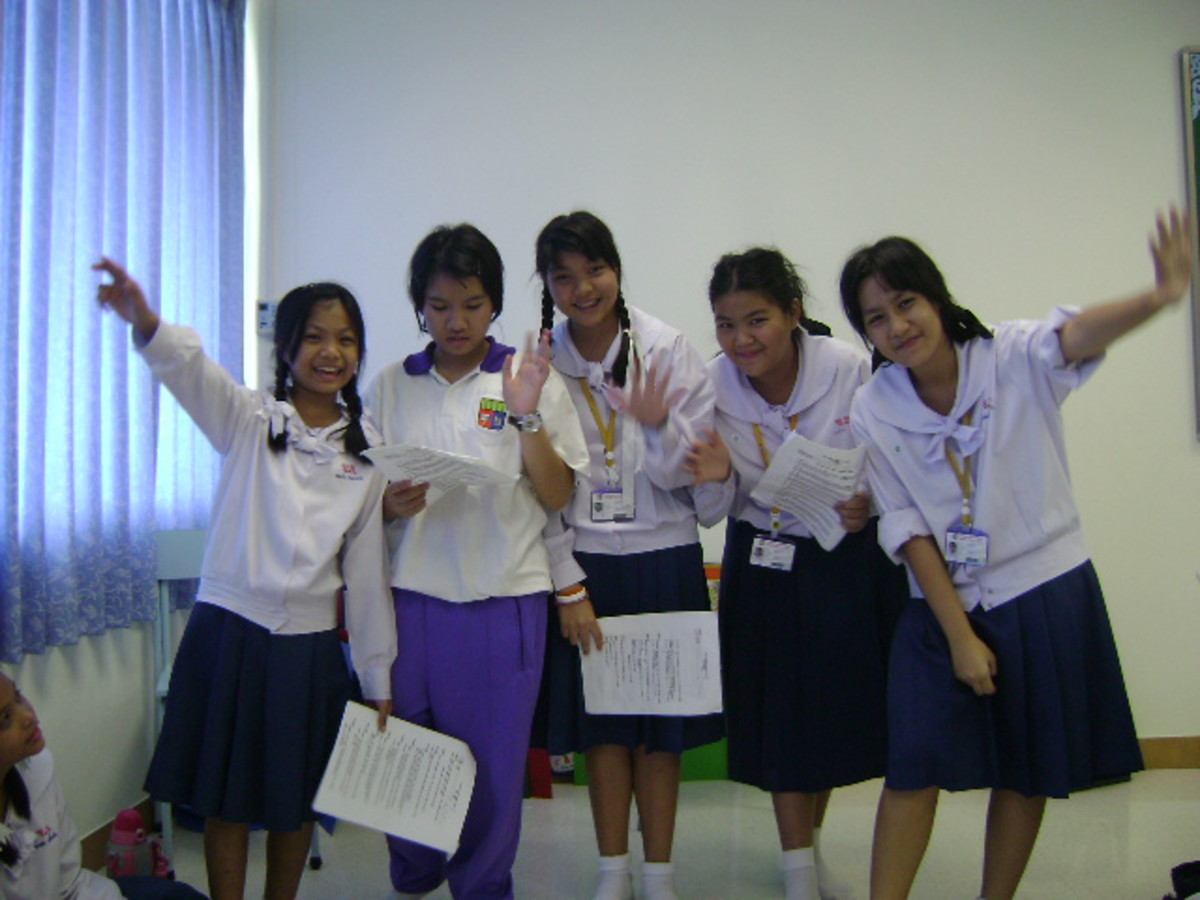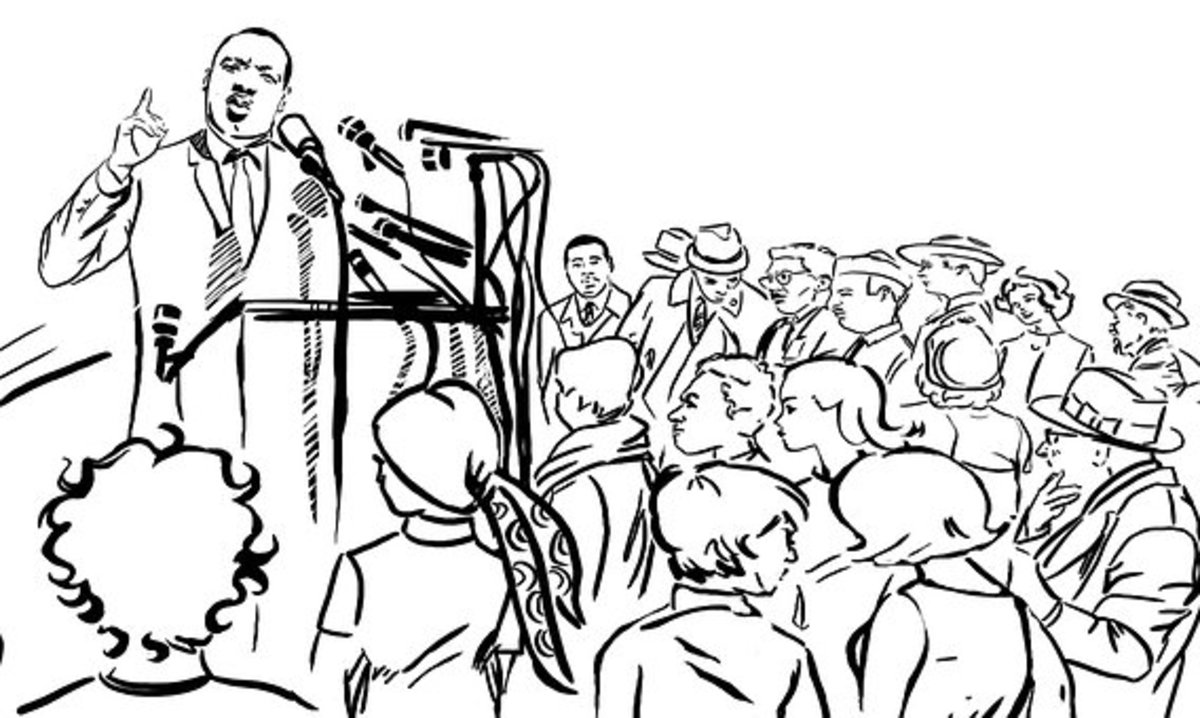How to Correct the 5 Most Common Writing Mistakes in English as a Second Language

Writing in English as a Second Language can be very difficult for non-native English speakers.
This is because English has its own set of rules in terms of constructing sentences and paragraphs.
These rules in English are oftentimes different from those of the mother tongue of non-native English speakers who are trying to learn English as a Second Language.
Now, writing mistakes in English as a Second Language commonly happen when non-native English speakers use the rules of their mother tongue – rather than those of English – when writing.
These mistakes may have several negative effects:
- They distract readers from what is actually being said in the sentences or paragraphs.
- They annoy readers and make them skip reading the written output of non-native English speakers.
- They lead to mix-up or falling-out.
- They give the impression that non-native English speakers are a little careless for not bothering to check their writing for errors.
Below are some of the most common writing mistakes in English as a Second Language and suggestions of how to avoid them.
1. Sentence Fragmentation
Users of English as a Second Language often commit the writing mistake of fragmenting their sentences.
A sentence fragment is simply a group of words that cannot stand as a sentence and therefore does not have a complete meaning.
It cannot stand as a sentence because it does not have an independent clause, which is a group of words that can either be part of a sentence or stand by itself as one sentence.
It is either a phrase or a dependent clause.
To avoid fragmenting sentences, learners of English as a Second Language must connect a sentence fragment with an independent clause.
Example:
Wrong: Because they did not have a child.
Correct:Because they did not have a child, they adopted three stray kittens.
Note: There are cases when sentence fragments are stylistically effective in writing informal sentences.
2. Capitalization
Capitalization baffles users of English as a Second Language.
To avoid mistakes in capitalization, non-native English speakers must remember the 15 instances in which to capitalize words:
- first word of the beginning of a sentence
- first word in a quoted sentence
- proper nouns or specific names of people, places, or events
- proper names of family relationships
- names of God, religious figures, or holy books
- titles that come before the names
- names of directions that have become proper names
- days of the week, months of the year, holidays
- major words in titles
- seasons used in titles
- countries, languages, and nationalities
- members of established organizations
- era and events
- trademarks
- abbreviations of proper names
Example:
Wrong:My mother in the US said, “move to southwest and take care of your aunt Betty.”
Right:My mother in the US said, “Move to Southwest and take care of your Aunt Betty.”
3. Misspellings
There are plenty of English words that sound the same but have different spellings and meanings.
These words frequently puzzle students of English as a Second Language, who then commit misspellings.
To avoid misspellings, students of English as a Second Language must know the definitions of words and must use appropriate words in sentences.
Example:
Wrong:He wore lose shirts when he was overweight.
Right:He wore loose shirts when he was overweight.
4. The vs. A
As simple as they seem, the articles The and A are actually sources of common mistakes among writers using English as a Second Language.
They are repeatedly interchanged.
To avoid mistakes in these articles, it is best for English as a Second Language writers to keep the following in mind:
The: used to refer to a definite noun or phrase
A: used to refer to an indefinites noun or phrase
Example:
Wrong: A man who delivered this box said that it is for you.
Right: The man who delivered this box said that it is for you.
5. A vs. An
There are many instances when English as a Second Language learners also use the articles Aand An improperly.
In general, A and An are used to refer to singular indefinite nouns.
However, there are rules to follow on which one to use:
- A + singular noun starting with a consonant = a crocodile
- An + singular noun starting with a vowel = an albatross
- A + singular noun starting with a consonant sound = a unicorn
- An + singular noun starting with silent “h” = an honest man
- A + singular noun starting with enunciated “h” = a horse
Example:
Wrong: We boarded the plane after waiting for a hour.
Right: We boarded the plane after waiting for an hour.
Copyright © 2011 Kerlyn Bautista
All Rights Reserved







